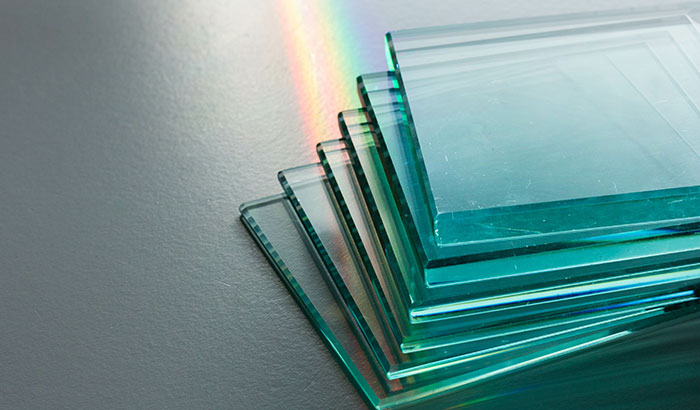What Is A Good Thickness For A Mirror?

What is the standard for mirror thickness? Can mirrors be recycled?
Mirrors are an essential element of home decor, and they serve many practical purposes beyond their aesthetic value. Mirrors can make a room appear larger and brighter, and they can also serve as decorative items.
When choosing a mirror, one of the most critical factors to consider is its thickness. The thickness of a mirror can impact its durability, reflective quality, and overall appearance. In this blog post, we’ll explore what a good thickness of a mirror is and why it matters.
The thickness of a mirror is typically measured in millimeters. The thicker the mirror, the more durable it is likely to be. Thicker mirrors are less likely to break or shatter, making them a safer choice for households with young children or pets. However, thicker mirrors are also heavier, which can make them more challenging to mount or move.
WHAT IS THE STANDARD FOR MIRROR THICKNESS?
Mirrors are an essential element of home decor, and they serve many practical purposes beyond their aesthetic value. Mirrors can make a room appear larger and brighter, and they can also serve as decorative items.
When choosing a mirror, one of the most critical factors to consider is its thickness. The thickness of a mirror can impact its durability, reflective quality, and overall appearance. In this blog post, we’ll explore what a good thickness of a mirror is and why it matters.
The thickness of a mirror is typically measured in millimeters. The thicker the mirror, the more durable it is likely to be. Thicker mirrors are less likely to break or shatter, making them a safer choice for households with young children or pets. However, thicker mirrors are also heavier, which can make them more challenging to mount or move.
WHAT IS THE STANDARD FOR MIRROR THICKNESS?
The thickness of a mirror can impact its durability, reflective quality, and overall appearance. In this blog post, we’ll explore the standard glass mirror thickness and why it matters.
In general, mirrors that are up to 24 inches wide typically have a thickness of 1/8 inch or 3mm. These mirrors are usually used in small areas like bathrooms, dressing rooms, and entryways. They are lightweight and easy to install, making them a popular choice.
For mirrors between 24 and 48 inches wide, a thickness of 3/16 inch or 4.8mm is usually the standard. These mirrors are often used in bedrooms, living rooms, and dining rooms. The increased thickness provides more durability, making them safer for high-traffic areas.
For larger mirrors over 48 inches wide, the standard thickness is 1/4 inch or 6mm. These mirrors are used in gyms, dance studios, and other large areas where people will be moving around frequently. The increased thickness provides more stability and durability, making them a safer choice.
It’s important to note that the standard thickness for mirrors can vary depending on the manufacturer and the intended use. For example, some manufacturers may offer mirrors that are thicker than the standard for added durability, while others may offer thinner mirrors for aesthetic reasons.
TYPES OF MIRROR GLASS
When choosing a mirror, it’s essential to consider the type of glass used in its construction. High-quality mirrors are typically made from tempered glass, which is much stronger and more durable than regular glass. Tempered glass is created through a process of heating and cooling regular glass, which makes it up to four times stronger than regular glass.
Tempered glass is less likely to break or shatter, making it a safer choice for households with young children or pets. If a tempered glass mirror does break, it will shatter into small, rounded pieces rather than sharp, jagged shards, reducing the risk of injury. This makes tempered glass mirrors a popular choice for bathrooms, gyms, and other areas where accidents are more likely to occur.
In addition to its safety benefits, tempered glass also offers improved optical quality. Tempered glass mirrors have a more even surface and are less likely to distort reflections than regular glass mirrors. This means that images reflected in tempered glass mirrors are more accurate and true to life.
When shopping for mirrors, it’s important to note that not all mirrors are made from tempered glass. Some lower-quality mirrors are made from regular glass or a type of acrylic, which can be prone to scratching and warping over time. These types of mirrors may also be more prone to shattering, making them a less safe choice for households with young children or pets.










